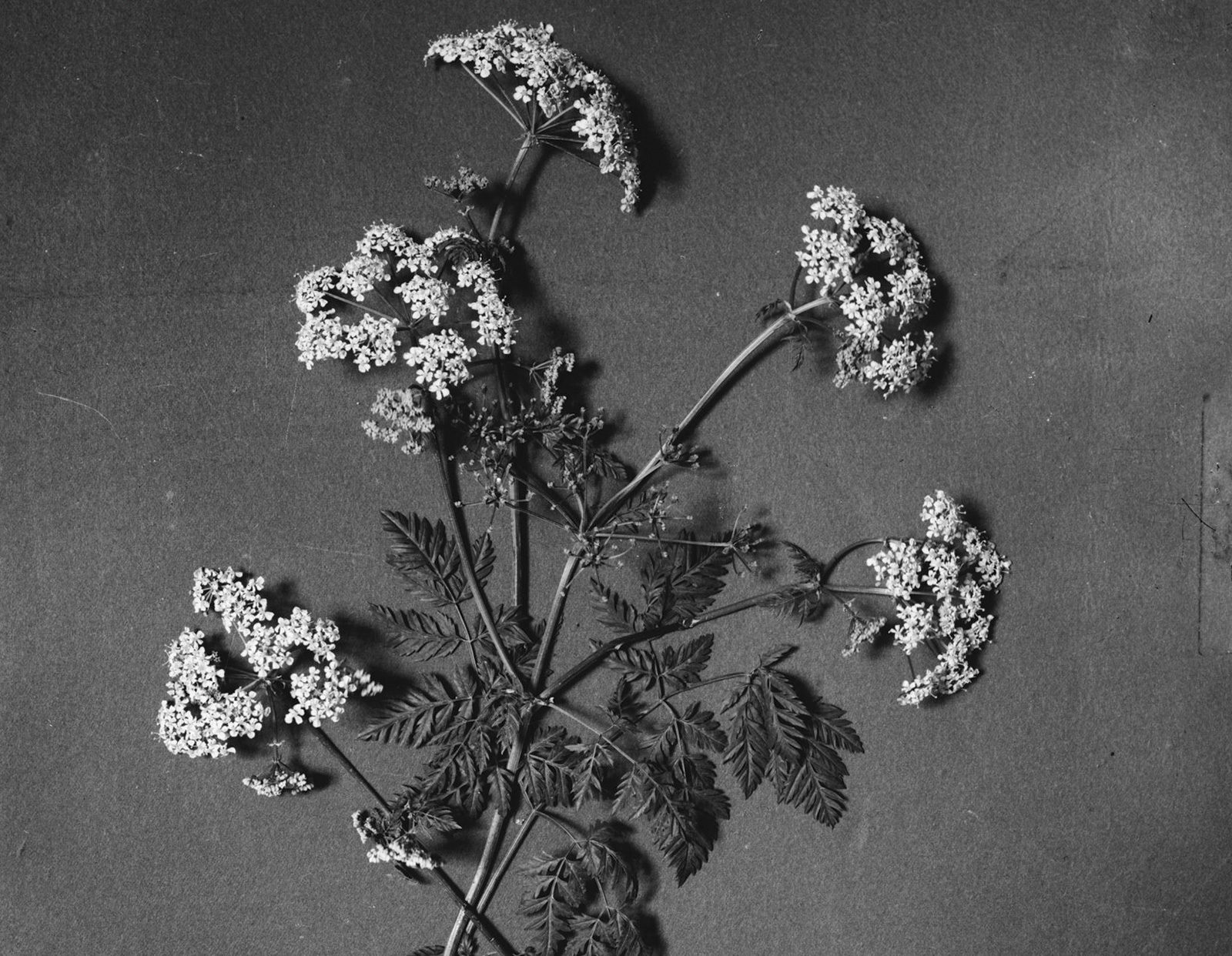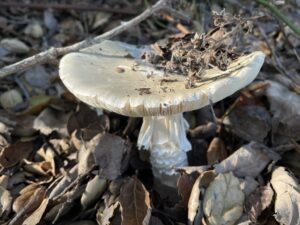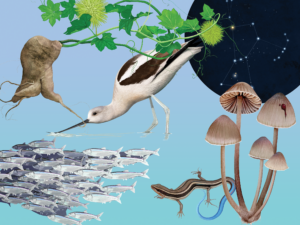“I appear to have a poison hemlock plant growing at the edge of my yard. What do I need to know to stay safe around this plant and how do I remove it?”—Michael, Oakland
Well, there is definitely a reason this plant has the word “poison” in its common name. According to Medical Botany by Lewis and Lewis, all parts of the plant are toxic and contain a mix of poisonous alkaloids, including coniine. One hundred milligrams will kill an adult, and there is no known antidote. Children sometimes become ill simply from making peashooters (and putting them to their mouths) out of the hollow stems. The symptoms include difficulty moving, pupil dilation, vomiting, violent stomach pain, numbness, slow heartbeat, and increasing muscular weakness with respiratory failure and then, often, death.
Poison hemlock (Conium maculatum) occurs throughout California (excluding deserts). It’s common in roadside ditches, disturbed fields, and urban lots below 5,000 feet. It was brought from the Mediterranean area to the New World in cattle feed, in garden seeds, and even as an ornamental “winter fern.” These biennial plants grow a large rosette of leaves over two feet in diameter during their first year. The following year they flower and can tower over a person.
Some say the leaves smell like mice. They do have a very strong and distinct odor. When fog moistens the plant, it smells like tortilla chips to me. On more than one occasion I’ve been hiking with kids when one of them shouts, “I smell Fritos! Hey man, who’s eating their lunch already?”
The stems are hollow and almost always covered with purple spots, sometimes referred to as “the blood of Socrates” (more to come on that). The tiny white flowers are clustered in an umbel (looks like an umbrella). The alternate leaves are finely dissected and closely resemble carrot leaves. In fact, this plant is a member of the carrot family and even has a long taproot.
The similarity can get some people in trouble. Years ago, a couple from Bolinas thought they were gathering wild carrots. After munching on a few they decided they better seek help and went to the fire station for medical attention. They survived; others have not been so fortunate, like Socrates the Greek philosopher and teacher.
He encouraged his mostly young students to criticize the Athenian democracy and its authorities. The “establishment” could finally take it no longer and as an old man Socrates was indicted for impiety and “corruption of the youth.” It was a pretty fuzzy charge; his real sin was being outspoken and critical of the power brokers. Socrates refused to go into exile, the usual sentence for dissidents. In fact, Socrates rejected all compromises and the judges were forced to condemn him to death. By drinking a cup of poison hemlock tea, he immortalized himself and the plant in one swallow.
Best to pull up the plant by that long taproot, and then keep an eye out for seedlings for at least another three years.
For more information on best practices for removal visit cal-ipc.org and search for “poison hemlock”.





